Healthy paws and claws are an important part of your cat’s overall health. Paw wounds are not only distressing to your cat, but they are also very prone to infection since her paws will come into contact with her litter box. Your cat will tell you– by limping, crying, etc.– if there is a problem, but there are some everyday steps you can take to keep her paws and claws healthy.
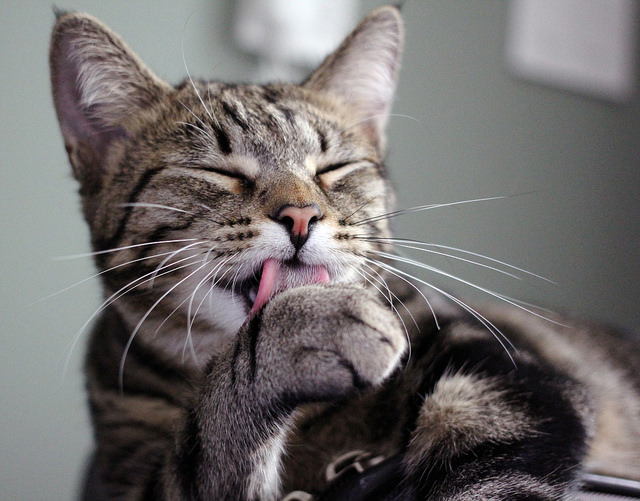
Image Source: Evan Blaser via Flickr.com
1. Inspect Paws and Claws Regularly
Take some time every once in a while to inspect your cat’s paws and claws. Remove any debris such as litter or dirt and check for abrasions or cuts to her paw pads. Finally, lightly squeeze her paws which will release her claws and allow you to look for abnormalities and injuries.
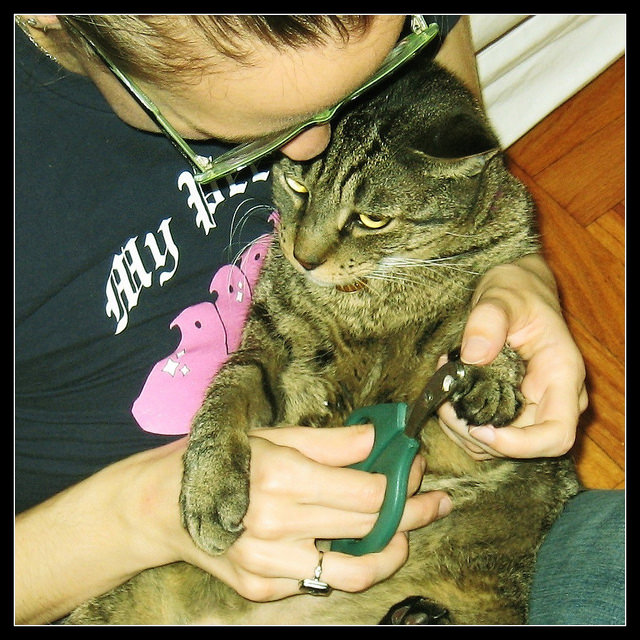
Image Source: Traci Lawson via Flickr.com
2. Trim Instead of Declawing
According to the Humane Society, “Declawing traditionally involves the amputation of the last bone of each toe. If performed on a human being, it would be like cutting off each finger at the last knuckle.” That doesn’t sound like something you’d want to put your cat through, does it?
Instead, get into the habit of trimming your cat’s claws with a pair of animal-specific nail clippers. If you don’t feel confident that you can clip her nails safely and effectively, or if you have a cat who won’t sit still long enough to get the job done, make an appointment with a professional groomer.
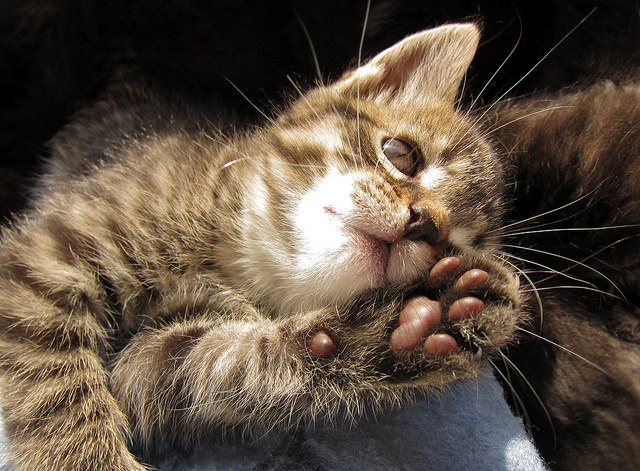
Image Source: Steve Jurvetson via Flickr.com
3. Watch for Limping
A limp isn’t necessarily related to a paw problem– it could be due to an achey joint or other leg pain. If it’s a problem with her paw, she will probably be avoiding that paw altogether. If she is holding the paw above the ground while she walks, check for wounds, debris, splinters, and claw abnormalities.
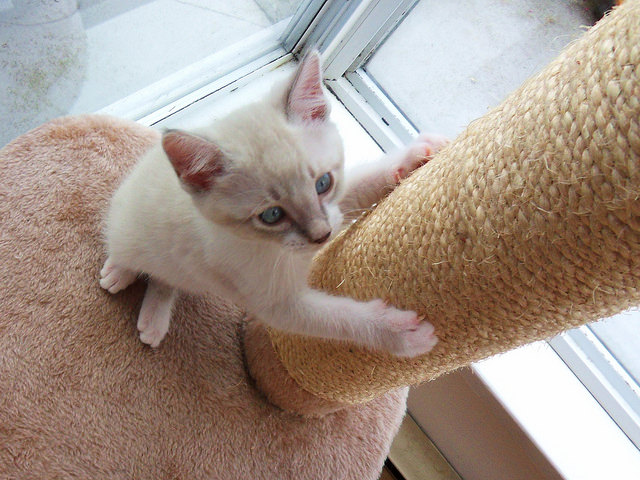
Image Source: Jennifer C. via Flickr.com
4. Provide Scratching Posts
Scratching is necessary for your cat’s claw health since it helps her shed the loose top layers. A good scratching post will also help her stretch and flex her body, which is great for all-around health. Not all cats will be drawn to every kind of scratcher. That’s why there are so many types. Some cats like to dig their claws into sisal fiber, some prefer corrugated cardboard. Some want a post that stands up tall, some would rather have one that lays flat to the ground.
It’s nearly impossible to know what material she’ll prefer until you try different types, but you can get some clues about what type she’d like by observing her scratching behavior. If you catch her standing on her hind legs to scratch the side of the couch she will probably appreciate a stand-up scratching post. If she’s more prone to scratching the carpet, however, choose one that lays flat to the ground.
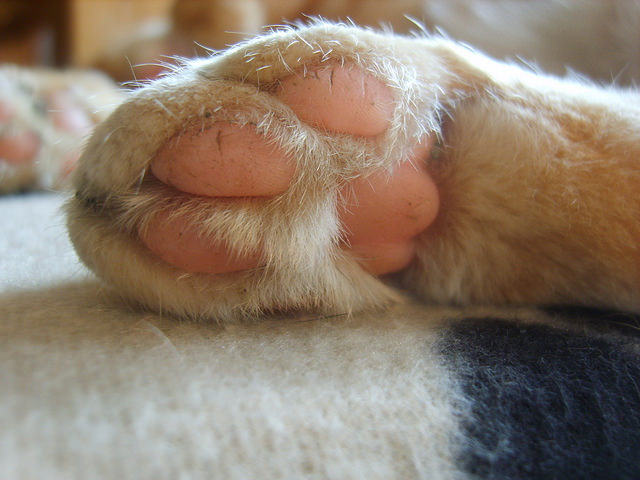
Image Source: rawdonfox via Flickr.com
5. Keep Walking Areas Clean and Safe
You can help keep your cat’s paws healthy by being aware of the surfaces she walks on. Sweeping or vacuuming regularly can help eliminate harmful stray shards of glass or splinters. It’s not just debris that you need to pay attention to, though. Since cats lick their paws to groom, it’s important to use non-toxic cleaning products on surfaces she’ll be touching.
